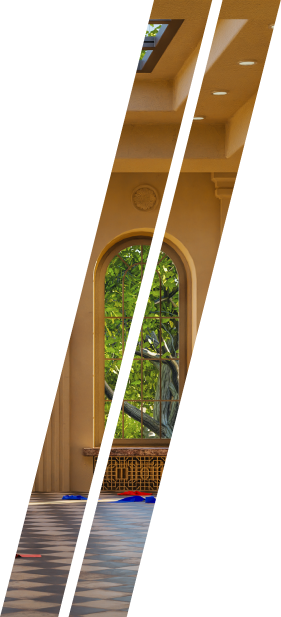 Search
Search
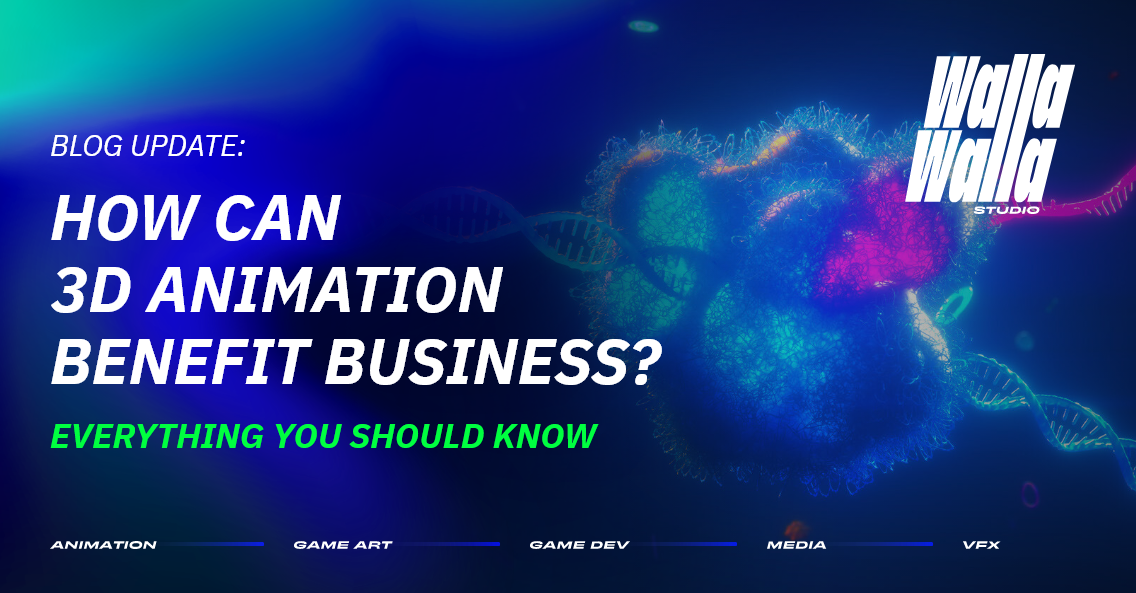
The rapid advance in technology has redefined the concept of communication in the modern world. It is relying more and more on visual media, and 3D animation plays a huge role in this process. It has become by far the most popular technique to convey your message to the audience in many spheres of life: business, television and movies, video games, medicine, architecture, and education.
In this article, we are going to dive into the world of 3D animation and focus on its application in business. You will learn about:
- What is 3D animation;
- How 3D animation can benefit your business;
- How this type of animation works;
- The comparison of 2D and 3D animation;
- The production process of 3D animation;
- Ways to use 3D animation in the modern world.
Let us start with the definition of 3D animation. It refers to setting objects or characters in a three-dimensional space and creating the illusion of their motion using special computer software. The software allows to move and rotate the objects by 360 degrees, just like they do in the real world.
What Are the Benefits of 3D Animation for Businesses?
The main benefits of 3D animations for developing your businesses include:
User engagement
Marketing managers know how challenging it is to attract a customer’s attention to your product among a multitude of competitors’ offers. 3D product animation allows you to make eye-catching dynamic videos that will ensure brand recognition. You can appeal to your audience by immersing them in the magic of interior design, illustrating a complex technology, or helping them understand vital medical solutions.
Larger audience attraction
Our brain processes visuals much faster than texts, which leads to a high retention rate of the videos and images we see daily. With 3D animation (as well as with 2D), you can create amazing visual content increasing your reach and driving more traffic to your website. The effects of volume and motion used in 3D graphics will help your consumers understand the product better and increase your chances for sales.
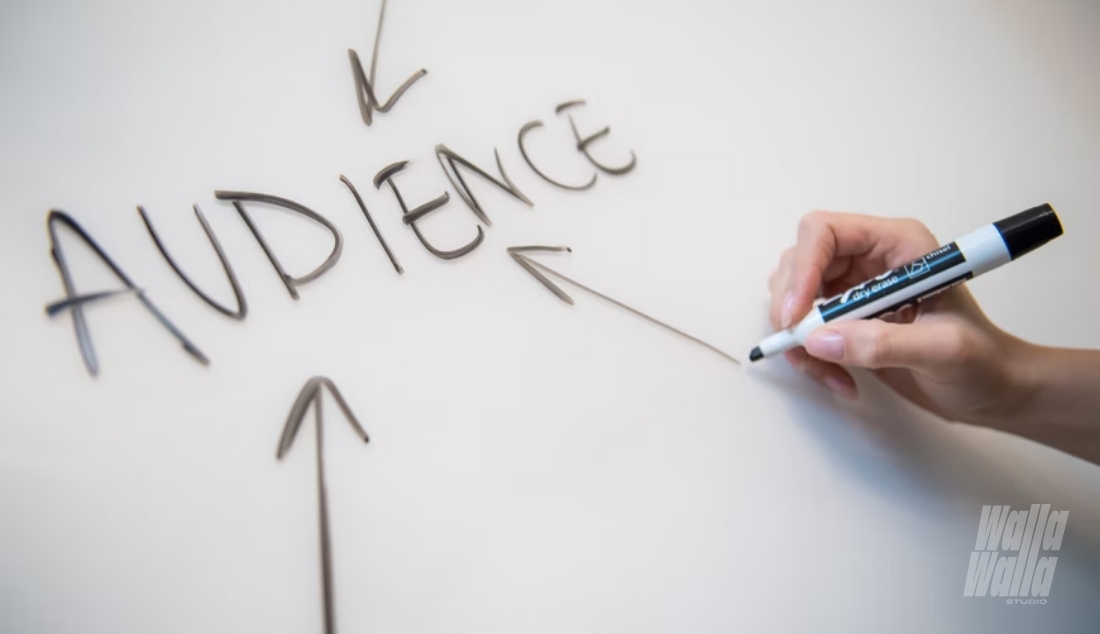
Excellent branding tool
3D animation is an excellent tool when it comes to branding and long-term brand development. With its help, you can create a brand ambassador, a unique and recognizable brand character, and reuse it in your promotions as many times as you like. Needless to say, it is much more cost-effective than creating content from scratch for every new promotion video.
Visual clarity for complex ideas
3D animation is a perfect solution for B2B companies with a complex innovative product or knowledge-intensive B2C. It will give you the possibility to illustrate complex scientific ideas and mechanisms in a vivid, clear, and simple way.
How Does 3D Animation Work?
When we watch our favorite Disney and Pixar movies, we focus on having fun. But how do the characters of the Croods Family, for example, come to life and give us an enjoyable visual experience?
The full process of 3D animation is quite complicated and requires well-coordinated work of many teams and departments. It requires creating and ‘rigging’ 3D models, setting up 3D scenes, lighting, compositing, VFX setup, etc. 3D animation production typically consists of three stages:
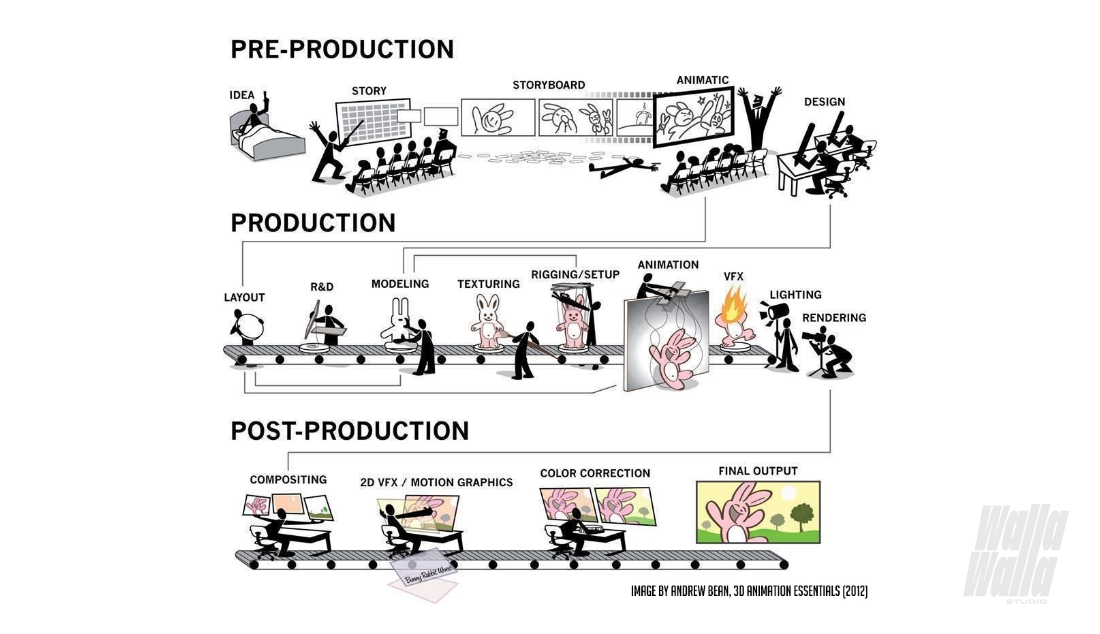
1. Pre-production
At this stage, the idea for an animated movie is visualized with a storyboard or animatic – a slideshow of storyboard images with music or sound effects which helps the creative team and clients imagine what the final animation will look like.
2. Production
his is the core of the 3D animation workflow and includes layout, modeling the characters and environments, texturing, the rigging process, lighting, the animation process itself, and visual effects.
Modeling, texturing, and rigging
A 3D model can be built in two possible ways: using special digital tools or scanning a real-life object into the computer. A basic 3D model is a geometric shape made of a combination of points, and lines. Adding textures makes a model look like a real object. A human or animal model also needs character rigging – creating a controllable skeleton with variable body movements which enables its animation. For the facial animation, a few hundred animation variables or Avars can be created to demonstrate facial expressions.
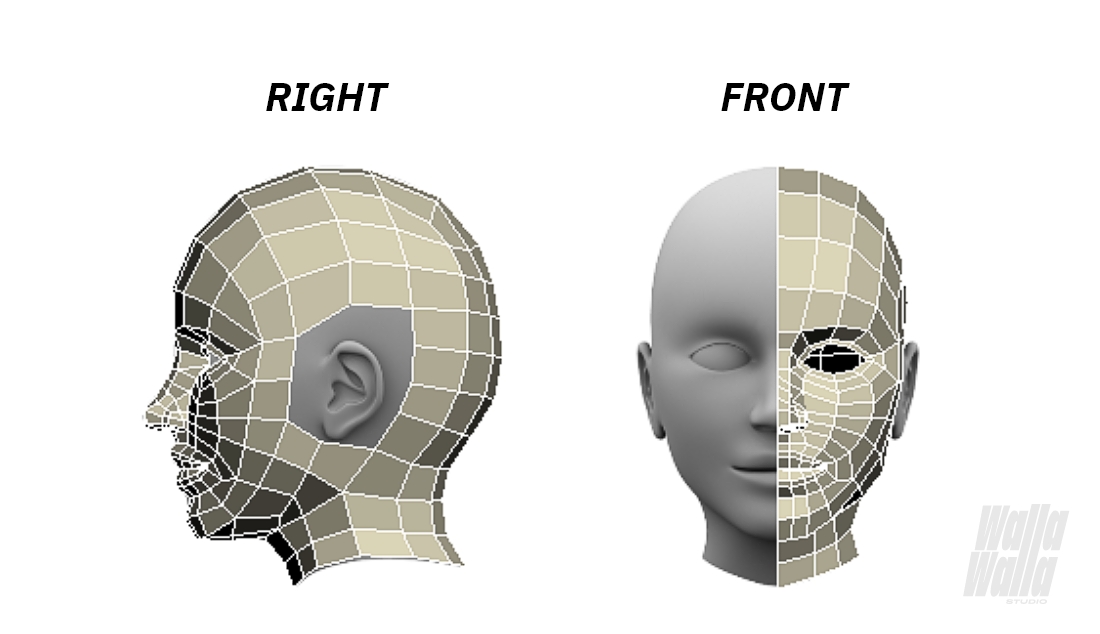
Layout and Animation
At this stage, 3D animators put numerous controls into the models (animal or human characters) in order to animate them with 3D software. A process called keyframing allows an animator to manipulate a model like a puppet. Another popular 3D animation technique is motion capture – recording a live actor’s movements and applying them to the model. The layout phase involves determining the size and location of objects concerning the set and each other.
Rendering and lighting
Rendering means image synthesis or generating a photorealistic image from a 3D model with the help of a computer program (Simulink 3D animation, for example). At this final animation stage, the previously produced animation is polished and exported. Lighting is an important aspect of 3D animation because it’s responsible for supporting the story, visually depicting the location, and conveying the shot mood. 3D rendering, VFX, and lighting are interconnected, and the animators need to make sure they can function properly together.
3. Post-production
This stage combines and coordinates all the 3D elements produced by the previous departments, which is called compositing. Sound-editing and video-editing are also a part of this process.
The Difference Between 2D and 3D Animation
2D animation is based on operating within a two-dimensional plane with x and y axes. Initially, it was done by sequencing individual illustrations, each slightly different from the previous one, in rapid succession to create an effect of life-like motion. Nowadays, 2D animation is made partially or completely using graphic animation software like Adobe After Effects allowing animators to make videos in weeks instead of months.
3D animation uses an additional dimension, which adds depth to the viewer’s perception. It is computer-generated animation, which is done by building 3D models of objects and manipulating them in a three-dimensional digital setting with the help of animation software.
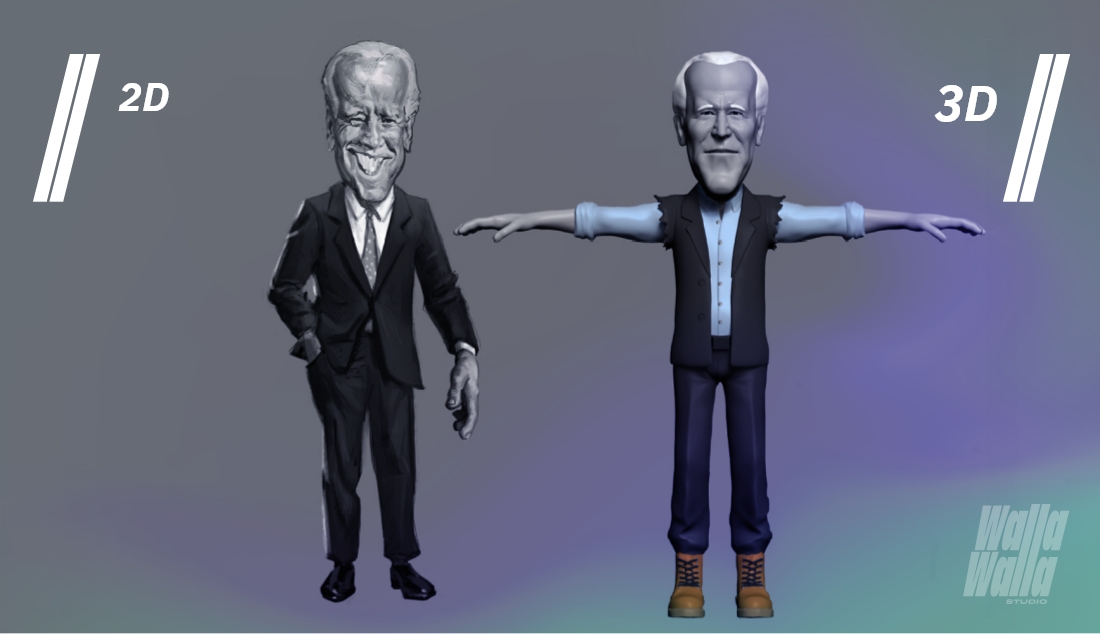
Both 2D and 3D animation types have their niche in video game production, advertising, and modern film. If you have to choose between them, you have to know first what kind of task you are trying to solve.
2D vs 3D Animation for Business and Advertising
| Advantages of 2D animation | Advantages of 3D animation |
| Faster to produce for short and simple content Thanks to animation software like After Effects or Toon Boom, 2D animation has become much quicker (vector animation for short videos). And it doesn’t need such powerful animation OS as 3D. More cost-effective If you are looking to create a series of short videos, manuals, or explainers for social networks, opt for 2D – you will get attractive visual content to showcase your product or service in the best light within a relatively low-cost budget. Story-oriented If you have the budget to create a stylish artistic piece with an emphasis on the story, 2D will be your best choice. It conveys the elements of style and the details of the story better than 3D, which focuses on the camera effects. | Realistic images and characters Modern 3D animation makes it possible to produce impressive videos, where what you see looks very realistic. Wow-effects and dynamics If you need to attract your viewer’s attention to the features of your product or service and make a memorable advertising commercial, 3D will create the “wow-factor” you need. It is also much more suitable for demonstrating complex movements (dancing, fighting, object transformations, etc.). Reuse possibilities 3D animation is perfect for brand-building, as it allows to reuse the once created character in an unlimited number of 3D animation projects, which will save your time and money in the long run. Cost-effectiveness for long movies 3D animation requires a time-consuming pre-production stage (modeling, setting up the scenes) but the production itself happens really fast. Overall, it is a more budget-friendly solution for long computer-generated animation movies. |
Ways to use 3D animation
There is a wide variety of 3D animation styles and types in the modern world. Each of them serves better for a certain function, task, or area of application.
Television and movies
The impact of 3D animation in the modern film industry is hard to overestimate. Woody from the Toy Story, Elsa and Anna from Frozen, Sonic the Hedgehog are just a few of our favorite 3D animation examples. 3D animation in film uses heavier and more quality set-up and rendered 3D models to achieve the supreme quality we enjoy.
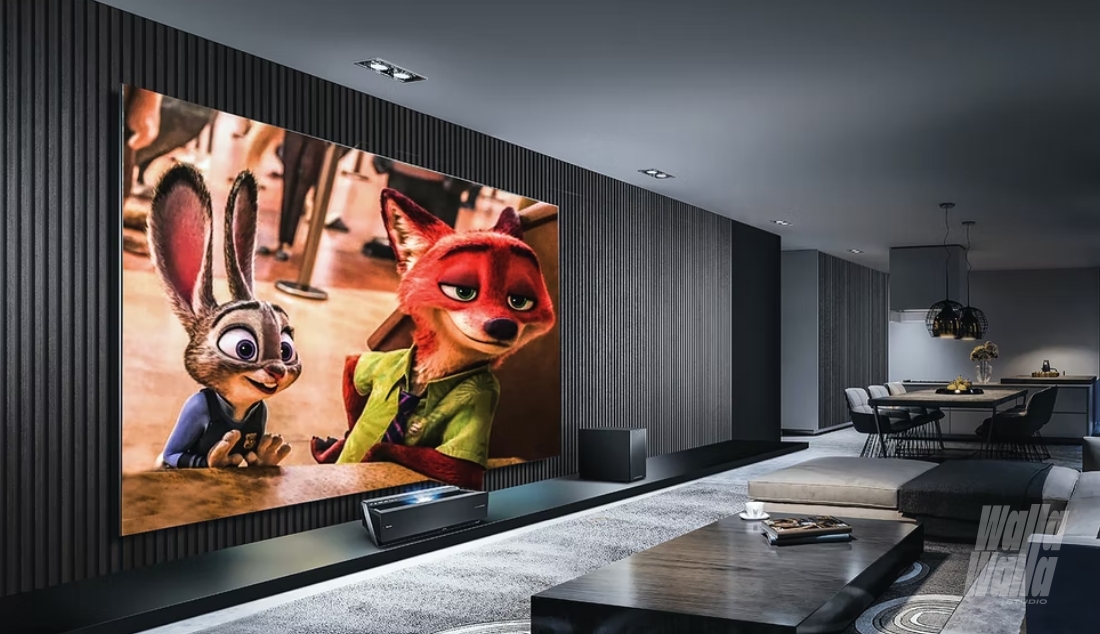
Video games
Considering the dynamism in gaming, 3D animation techniques here rely on optimization, lighter models, and real-time 3D graphics. Nowadays, gamification or implementing gaming techniques in software is widely used in business applications for motivational and educational purposes.
Advertising and Marketing
3D animation is an excellent tool to capture the audience’s attention with impressive video effects, clearly demonstrate the benefits of a product or service, and build brand awareness.

Medical and Scientific Services
These spheres require a lot of educational content to illustrate complex ideas. 3D helps to achieve these goals due to its realistic style and the effect of immersion into the demonstrated content.
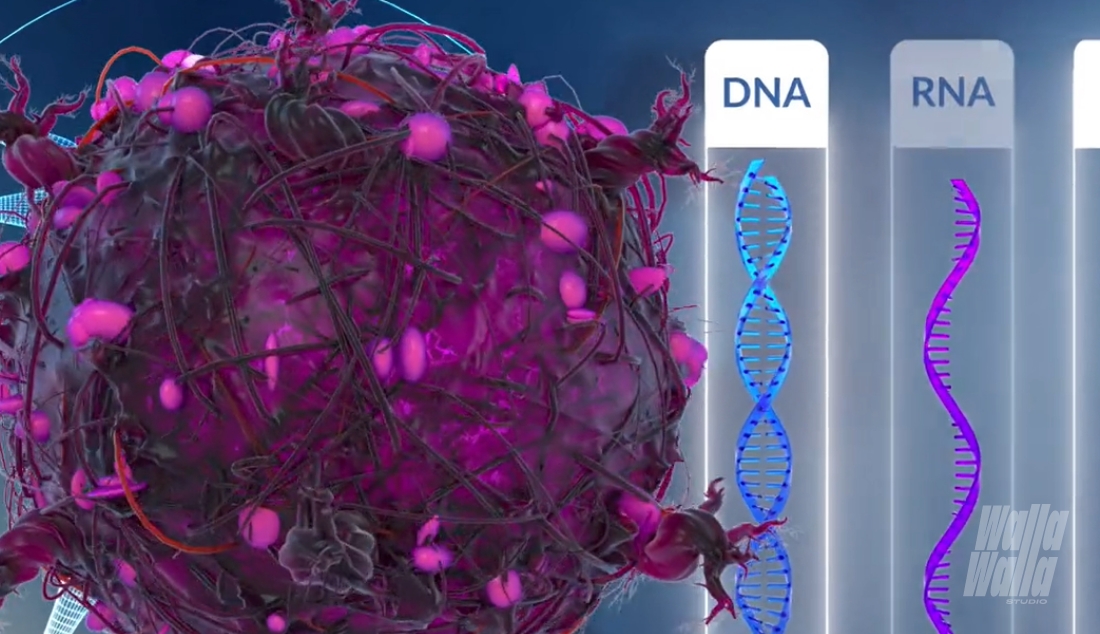
Education in business
Educating staff and clients have always been two crucial tasks for businesses. They can now be successfully solved with the help of 3D animation in ‘serious games’ (educational applications) and tutorials. They allow one to study complex mechanisms and train with 3D simulators, sometimes in virtual reality. This helps businesses to optimize costs, especially in situations where training with real-life mechanisms is not possible.

Conclusion

The development of technology and 3D animation has given us unlimited possibilities. It allows us to solve the most complex tasks in business, entertainment, or science. Whether you need help with building a brand, increasing your reach on social media, or creating an artistic cartoon – our experts will help you choose the best solution for your creative task, advise on the types of 2D or 3D animation, and produce top-notch visual content. Contact us at Walla Walla Studio and let us grow your business together.
Ideas come to life with Walla Walla Studio!
